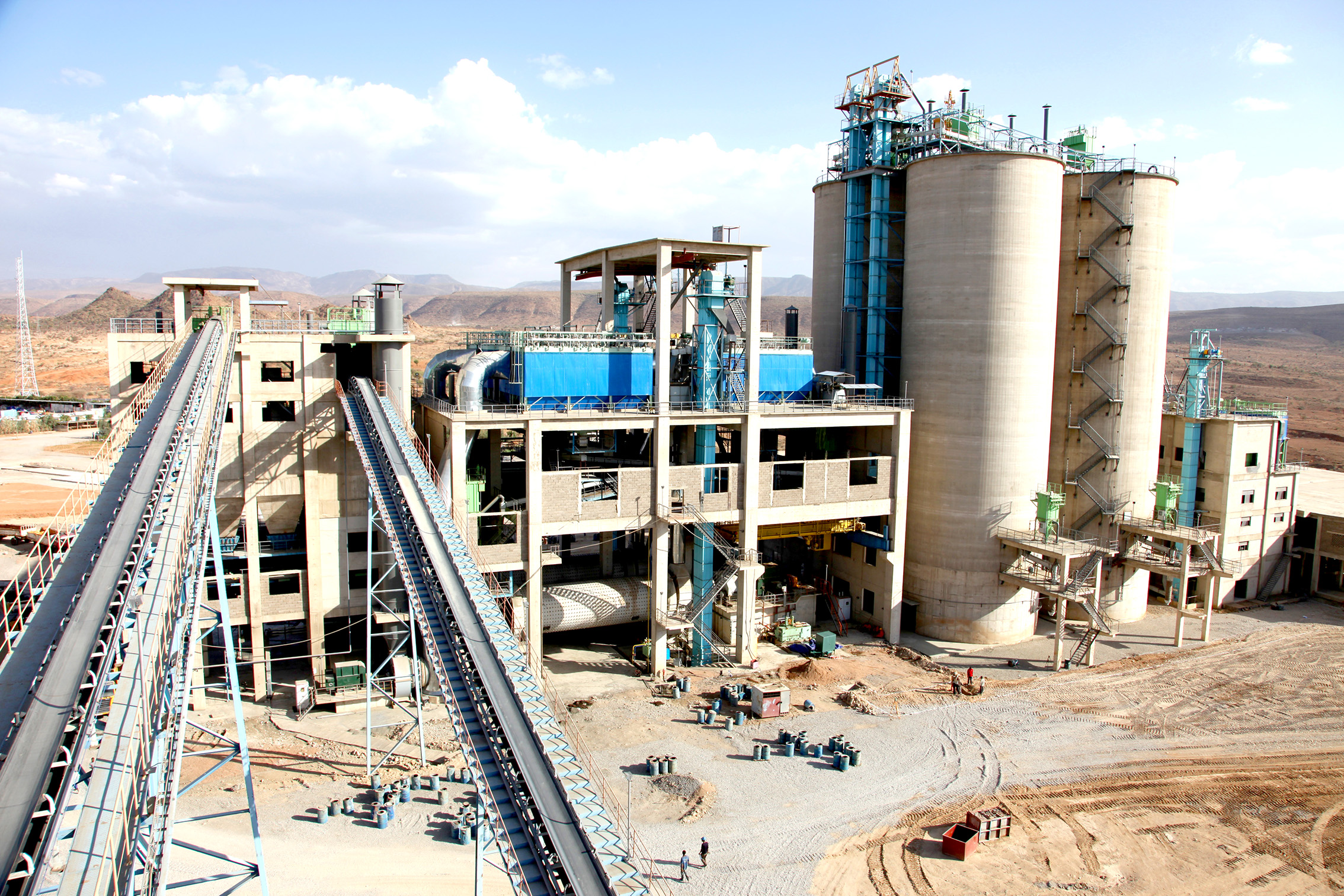Booms and busts are inevitable in every sector. Most industries cannot imagine the fall when they are flying or envision prospering when they are down.
For Iran’s cement industry, the once high-flying cash machine dealing with overcapacity and lack of demand now, the latter seems to stand true, as the market appears unlikely to budge and the government’s promises of assistance have yet to materialize.
The industry boasts of a production capacity of about 90 million tons, only 56% of which are consumed in the local market and the rest remians unused. And exports, the only way out of a domestic demand deadlock, stand at a maximum of 7-8 million tons which, in the best-case scenario, can reach 10 million tons by the end of the Iranian year (March 20, 2018), a member on Cement Employers Association's board of directors, Morteza Lotfi, said.
The Ministry of Industries, Mining and Trade has set the target for domestic cement output over the next nine years to reach 120 million tons per annum and exports are stipulated to rise 68% to reach 32 million tons.
This is while experts have repeatedly raised concerns about the industry’s overcapacity.
“The cement industry has been grappling with stagnation in the construction sector for the past two and a half years, causing production to considerably exceed demand,” Tehran Chamber of Commerce, Industries, Mines and Agriculture's news portal quoted the official as saying.
Lotfi is also the managing director of the large-cap holding Fars & Khouzestan Cement Company.
TCCIMA members, including cement industry officials like Lotfi, penned a letter to the government in June 2016 putting forth “suggestions to lead the economy out of recession”. They called for placing the comatose construction sector and consequently the cement industry among the government's priorities.
> Existential Necessity of Transportation Subsidies
Revitalizing the local market is a long haul, so the letter’s first stated priority was providing producers with transportation subsidies for them to be able to extend the reach of their export markets to new continents such as Africa.
Lotfi said transportation costs are of prime importance in shipping materials to distant destinations such as Africa.
The government agreed to the measure and was to allocate 10 trillion rials ($263.1 million) in subsidies to exporters in August 2016. However, the industry is yet to “see a rial of it”, Lotfi said.
But why do cement exporters need to reach out so far? Neighboring markets such as Pakistan, Afghanistan and Iraq all have a healthy demand for the construction material. The latter has actually just come out of a war and will certainly line up reconstruction projects.
The rising specter of protectionism begs to differ, as sentiments against free trade gain prominence around the world.
It is no different in Iran's neighborhood. The country has been accused of dumping cement by Pakistan and Iraq. Pakistanis have yet to prove the case and take any action, but Iraq has certainly proved to be a thorn in exporters’ side for the past two years by playing with duties.
Iraq’s duties on Iranian cement were recently increased by 5% to 45%, according to Managing Director of Ghadir Investment & Industry Developing Company, a holding with high stakes in the industry.
Iranian cement and clinker exports to its western neighbor were already close to zero for more than a year due to Iraq’s protectionist measures meant to shield its producers, but the latest move seems like the final nail in the coffin. This is while Iraq accounted for about 65% of Iran’s 15-million-ton exports back in the fiscal 2015-16.
The cement industry reportedly signed several agreements with African governments and exported cargoes to Tanzania and Egypt in late 2015. Exports to the continent do not seem to have been sustained, however.
> A Concrete Solution?
In an expert meeting session held last year, it was suggested that concrete be used instead of bitumen in road and pavement construction to create sustained demand for cement. The session was attended by Minister of Industries, Mining and Trade Mohamamd Reza Nematzadeh, Minister of Roads and Urban Development Abbas Akhoundi and several cement industry officials.
Akhoundi announced in January that his ministry plans to cover 10% of Iran’s road surfaces with concrete.
Concrete is already being used in the construction of several projects by the Roads Ministry. They include a freeway connecting Tehran to the northern Mazandaran Province that uses up to 1,000 tons of cement every day, and another situated between Isfahan and Fars provinces, a Roads Ministry official, who asked not to be named, told Financial Tribune via telephone.
The ministry had also previously used concrete in the construction of a runway in Mehrabad International Airport in western Tehran.
However, “such projects are unlikely to have a tangible effect on Iran's overall cement usage, as the roots of the industry’s issues lie elsewhere, like the overall recession in the economy,” said the official.
He added that increased concrete usage is not very economical, as its maintenance costs are high and its application is still a novel thing for Iran’s road projects.
“We had never had projects like this before, so we started with small scale ones. It will be a few years before we are experienced and can increase concrete usage.”



